If you’ve been following trends and stocking up on your protein intake, then it might be time to evaluate your dietary priorities. Protein deficiency is less common in Americans than fiber deficiency. According to a study published in the American Journal of Lifestyle Medicine, an estimated 95% of American adults and children don’t consume recommended amounts of fiber. Additionally, according to the American Heart Association people consume far more protein than they actually need. What’s required is a healthy combination of both protein and fiber and now in a video going viral on the internet, a doctor has shared 5 foods that are packed with both these nutrients.
The viral video
Dr Joseph Salhab, is a gastroenterologist who enjoys a following of 1.5M on Instagram. He recently shared a video reacting to another video of a woman challenging people to hit their fiber goals for the next 30 days, sharing that people are ignoring fiber and prioritizing protein. “Fiber ensures that I’m going to the bathroom every single day, to make sure that my gut motility is working well, I’m supporting my metabolism completely,” said the woman, adding that with the rise of colon cancer in young adults, eating fiber is even more important.According to the doc, one should get at least 30-35g of fiber a day and there are a lot of foods that can help you ensure the intake of both protein and fiber. They are:
Legumes & pulses
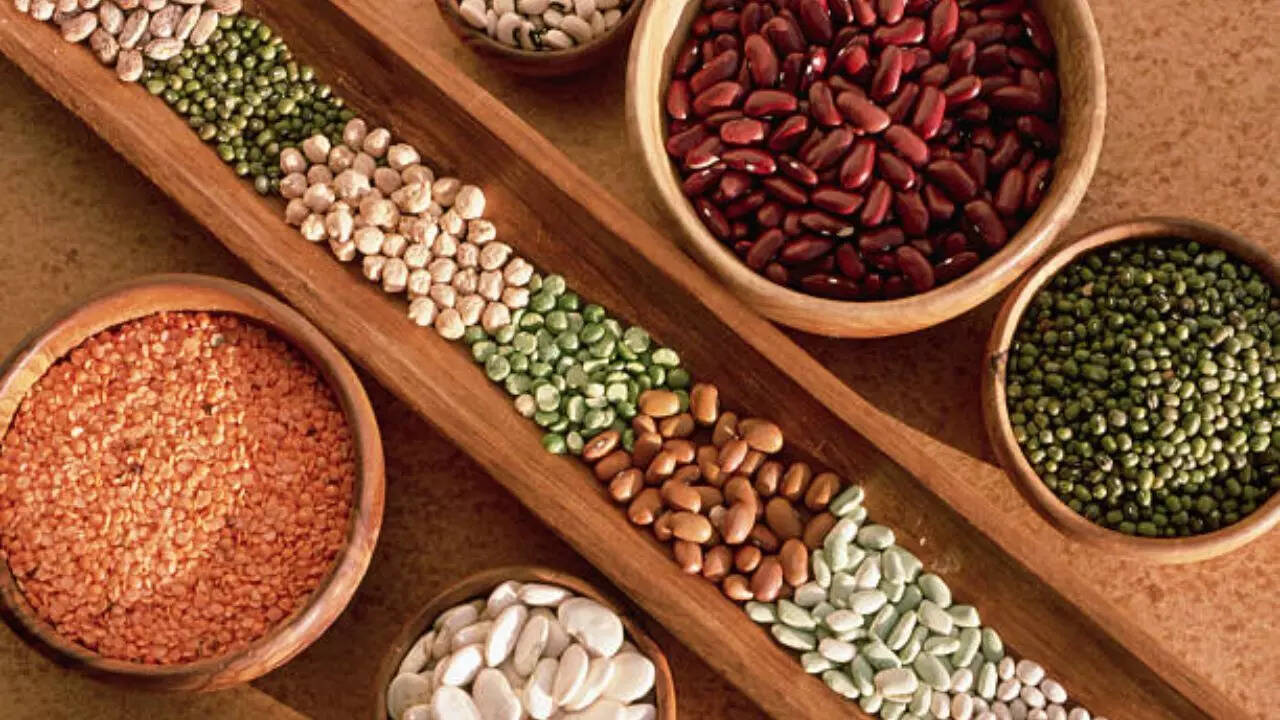
Image credits: Getty Images
Lentils, chickpeas, black beans, kidney beans, edamame and split peas are some legumes and pulses recommended by the doctor for adequate intake of both nutrients. They are high in plant-based protein and fiber along with various macronutrients, as per a study published in Heliyon. As per Harvard Health, chia seeds provide 2g of protein and 4g of fiber, a tablespoon of flaxseed has 2g of protein and 3g of fiber and so on, making them healthy options for both.
Seeds and nuts
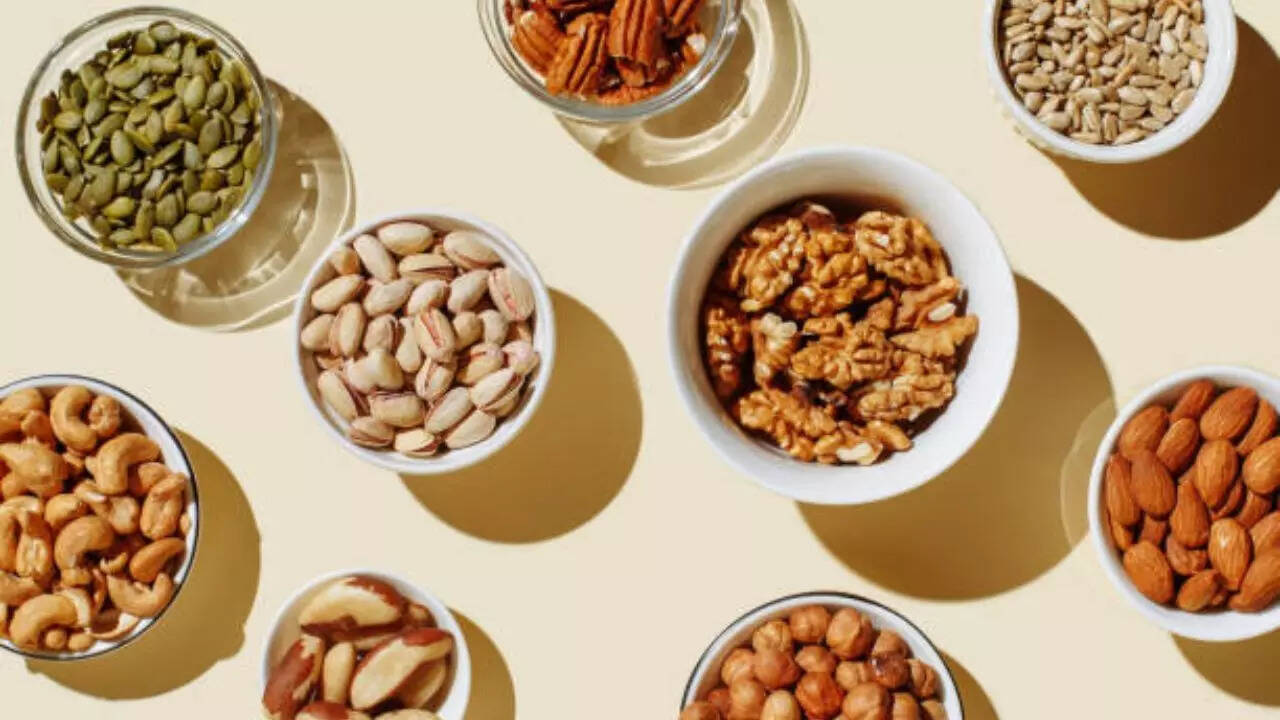
Image credits: Getty Images
Seeds and nuts such as chia seeds, flaxseeds, hemp seeds, pumpkin seeds, sunflower seeds, almonds, walnuts and peanuts also work well in enriching the body with both nutrients.
Whole grains
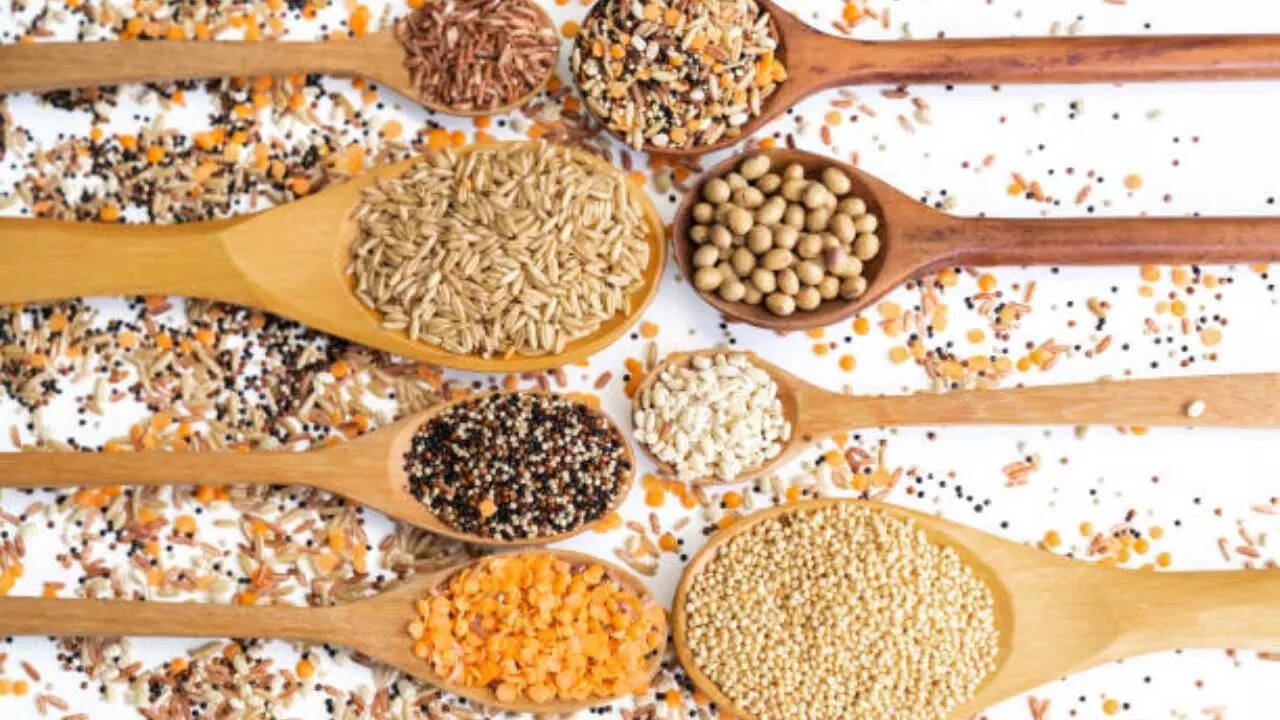
Image credits: Getty Images
Healthy whole grains such as quinoa, oats, barley, bulgur, buckwheat, farro, and sprouted grain bread are foods that you must add to your daily diet for adequate intake of fiber and protein. These grains retain all parts of the original kernel providing a rich source of these nutrients.
Soy & plant-based proteins
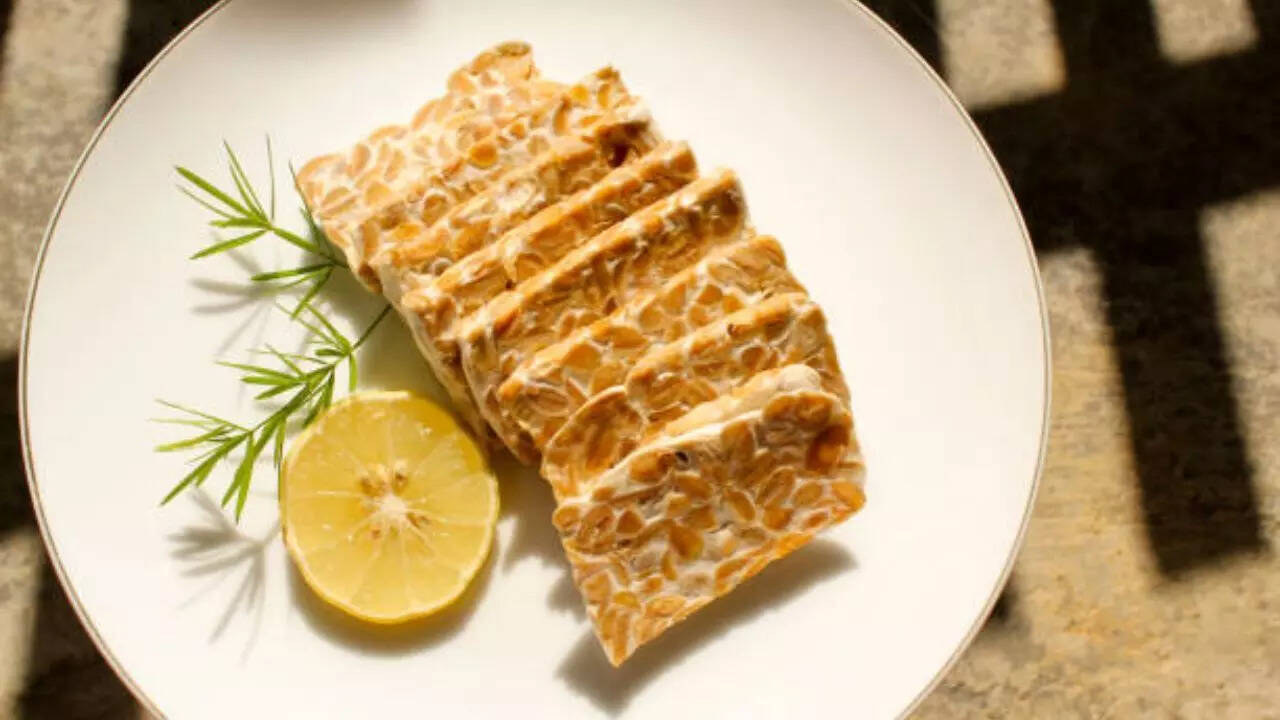
Image credits: Getty Images
Foods including tofu, tempeh and soy protein powder are also rich in these nutrients. Tofu along with tempeh is a good addition to ensure proper protein and fiber intake. Tempeh, however, has higher quantities of both nutrients due to its whole, fermented soybean base.
Vegetables
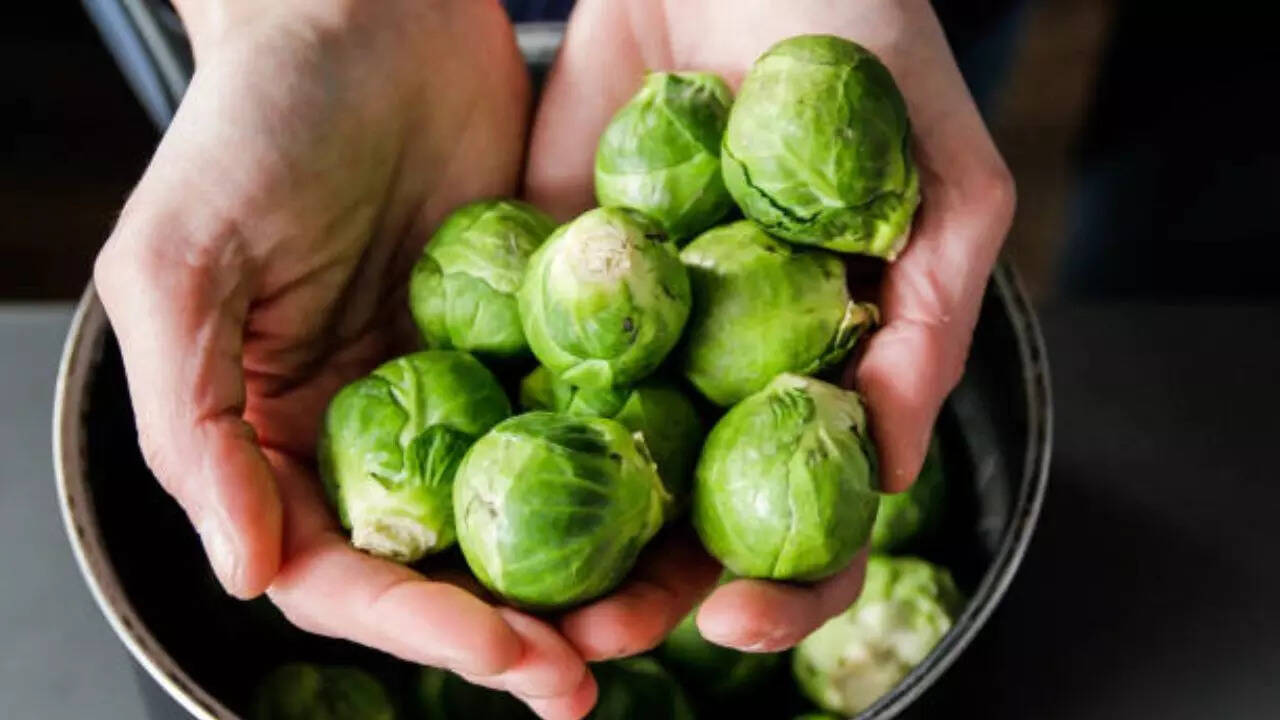
Image credits: Getty Images
Vegetables such as broccoli, brussels sprouts, spinach, artichokes and green peas add both fiber and protein to your diet. Many studies state that these vegetables have a higher protein and fiber ratio than meat and other popular condiments.